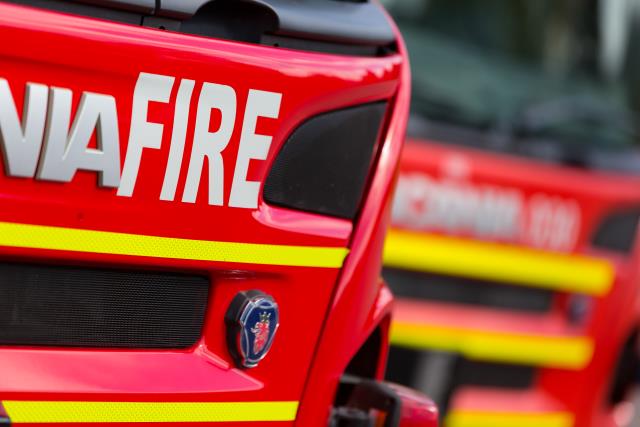A Transport Accident Commission decision to withdraw compensation for a man injured in a car fire in St Albans six years ago has been upheld.
The Victorian Civil and Administrative Tribunal heard last month Victor Aquilina, 72, received burns to his hands and face when a fire destroyed his old panel van about 7.30pm on September 21, 2007.
Two months after the incident, Mr Aquilina said in a written statement he sustained burns after he attempted to start the vehicle which was parked at the west end of East Esplanade.
“I unlocked my driver’s side door with my keys, opened my driver’s door and started to get into the vehicle by putting my left foot in and I put the key into the ignition,” he said.
“I was about to sit in the driver’s seat with my driver’s door still open, then I turned the ignition key on. This is when I heard what sounded like the indicator click but I am not sure of that.
“As soon as I heard the click I heard a loud explosion and I was forced backwards and I was thrown out and away from the vehicle.”
However, the TAC overturned its April 2010 decision to pay for his medical treatment, following an investigation. It officially rejected the claim in October, 2013.
It submitted evidence which showed Mr Aquilina was not driving the van when the fire started, there was no explosion and fire started in the left rear of the van.
Mr Aquilina vehemently denied the fire started toward the rear of the van.
Ambulance and Western Hospital records stated Mr Aquilina suffered superficial burns to the right side of his face, superficial burns to his palms, blistering on the right palm, moderate swelling to both hands and wrists.
His insurer, who paid Mr Aquilina $2400, advised the fire was not suspicious.
However, MFB fire investigator Alex Conway, who is also a qualified motor mechanic, said the fire was “suspicious in nature” and had started in the left rear of the van and moved forwards.
“I recall examining the fuel tank which is at the base of the vehicle. The burn patterns did not indicate that it had come from the fuel area of the vehicle. They did indicate that an accelerant had been used in the internal and rear of the panel van area. The under-bonnet engine area was untouched by fire,” he said.
He believed some form of accelerant was placed in the left-hand back of the van and ignited by “persons unknown”.
At the hearing on April 30, finding fault with Mr Aquilina’s “variable recollection”, VCAT Senior Member Ian Proctor upheld the TAC’s decision.
“The fire which destroyed Mr Aquilina’s van started in the back left-hand corner of the van with the burning of some form of accelerant by a person or persons unknown,” he said.
“While a car fire can start at the ignition, it does not start with an explosion and that there is no indication in the structure of the van of an explosion having taken place. I do not accept Mr Aquilina’s evidence that as he started the ignition, an explosion occurred in front of him, causing his injuries.”






